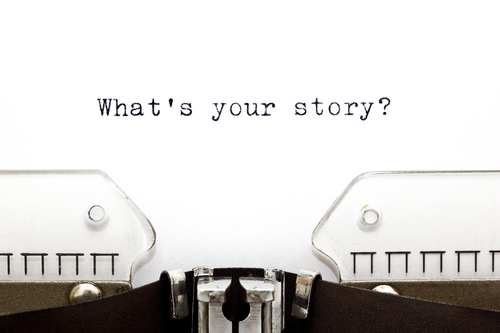By Mary Morel | 1 March 2013
In a decision-making paper, you are telling a story. An issue has arisen – it could be a problem or an opportunity – and you are providing a solution. Unlike a novel, in a board paper your readers know the ending upfront in the recommendation. But as with a story, they want to understand the ‘why’ that underlies the issue.
The challenge is telling a convincing story (in about three pages) that answers a single question: Why does the recommendation make sense?
Given the tight length requirements in board papers, writers often worry about what to include and what to leave out. The answer is to focus on the story and delete everything that is not essential. If your template calls for a summary, this is a good test of your story’s clarity. If you can’t summarise your paper in one paragraph, you need to rethink your story. Your summary may ultimately be longer than a paragraph, but you should be able to condense the main ideas of your paper into one paragraph initially.
Good stories have a tight focus, so a question that writers often ask is: Should you plan at the beginning or as you are writing? There is no black and white answer to this question. It depends on what works for you. If you plan first, you still need to plan as you are writing because your thoughts will often change. If you plan as you write, there is a danger of becoming too wedded to what you have written and being reluctant to change it.
My daughter rang as I was writing this blog post, moaning about an 8,000-word essay that she had been writing for so long that she didn’t think flowed well. I suggested she treat everything she had done so far as notes and start again. She didn’t like that idea because she was too committed to her words.
Planning first makes more sense, but is it what I do myself? Not usually, unless I am writing a lengthy document. I am a rewriter, but I like to think (kid myself?) that I am willing to delete anything that does not pass the ‘so what?’ test.
As you plan and rewrite your paper, you need to consider how the sections link together. In a story, one scene usually triggers the next. In a board paper, the transitions should also be seamless. Subheadings help as signposts, but you still need to provide context to bestow meaning and connections between the sections. I think of it as joining the dots.
Good luck with your next story!

